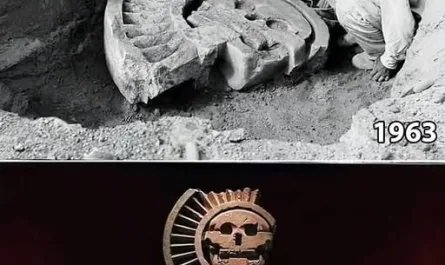A Hidden Relic of War: The Japanese Type 92 Cannon Discovered on Paramushir Island
On July 22, 2021, a remarkable piece of World War II history was uncovered on Paramushir Island in the Kuril Islands: a Japanese 105 mm Type 92 cannon, hidden in a cave since August 1945. This well-preserved artifact, a relic of the fierce combat between Japanese and Soviet forces at the war’s end, serves as a time capsule, offering a glimpse into a little-known chapter of the Pacific Theater.
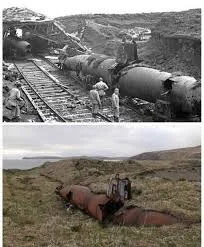
A Forgotten Battlefield
Paramushir, a volcanic island in the northern Kuril chain, was a Japanese stronghold from 1875 until 1945. During World War II, it hosted a significant garrison, including the Imperial Japanese Army’s 91st Infantry Division, with some 15,000 troops, coastal artillery, and fortified bunkers. The island was a key defensive position, equipped with airfields and radar sites, preparing for potential American or Soviet invasions. In August 1945, as Japan announced its surrender, Soviet forces launched the Invasion of the Kuril Islands, landing on Paramushir on August 18. Combat raged until August 23, with the Japanese garrison, supported by 77 tanks, putting up a spirited defense before surrendering.
The Type 92 105 mm cannon, found in a hillside cave, was likely part of this defensive network, positioned for long-range bombardment or counter-battery roles. Designed in 1932 with input from the French company Schneider, the Type 92 was a modern field gun for its time, known for its reliability despite issues with transportability and early recoil system flaws. Its discovery in a cave suggests it was concealed during the Soviet advance, perhaps to protect it from capture or air raids, which had targeted Paramushir since 1943.
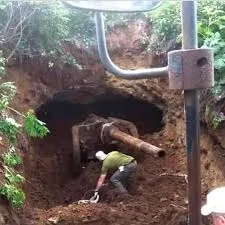
The Discovery
The cannon’s unearthing on July 22, 2021, by a historical expedition, likely involving Russian historians or military enthusiasts, revealed a remarkably intact piece. Buried in its hillside position, the Type 92 (serial number and manufacturer unknown) had remained untouched for 76 years, preserved by the cave’s stable environment. The Kuril Islands’ remote, rugged terrain and sparse population—down to 2,592 on Paramushir by 2002—have left many such relics undisturbed, with ghost towns and abandoned fortifications dotting the coast. This find joins other remnants, like Japanese tanks on nearby Shumshu, as a tangible link to the war’s final days.
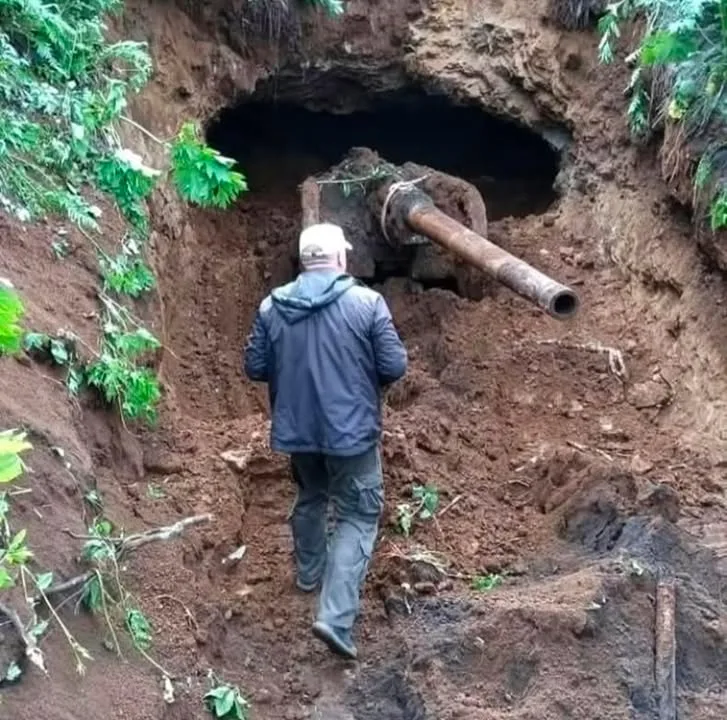
A Window into History
The Type 92 cannon’s discovery underscores Paramushir’s role in the Kuril Islands’ contested history. After the Soviet annexation in 1945, Japanese inhabitants were deported, and the islands remain a point of dispute between Russia and Japan. The cannon, once a tool of war, now stands as a silent witness to the region’s violent past, offering historians and visitors a chance to reflect on the human and strategic cost of the 1945 campaign, where Soviet casualties (1,567) exceeded Japanese losses (1,018).
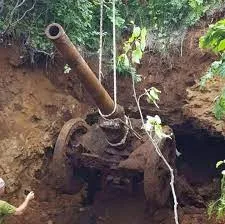
This “time capsule” of military history, hidden since the war’s end, invites us to explore the stories of the soldiers who fought on Paramushir’s windswept shores. It remains a powerful reminder of the Kuril Islands’ forgotten front, where the last echoes of World War II were felt.

